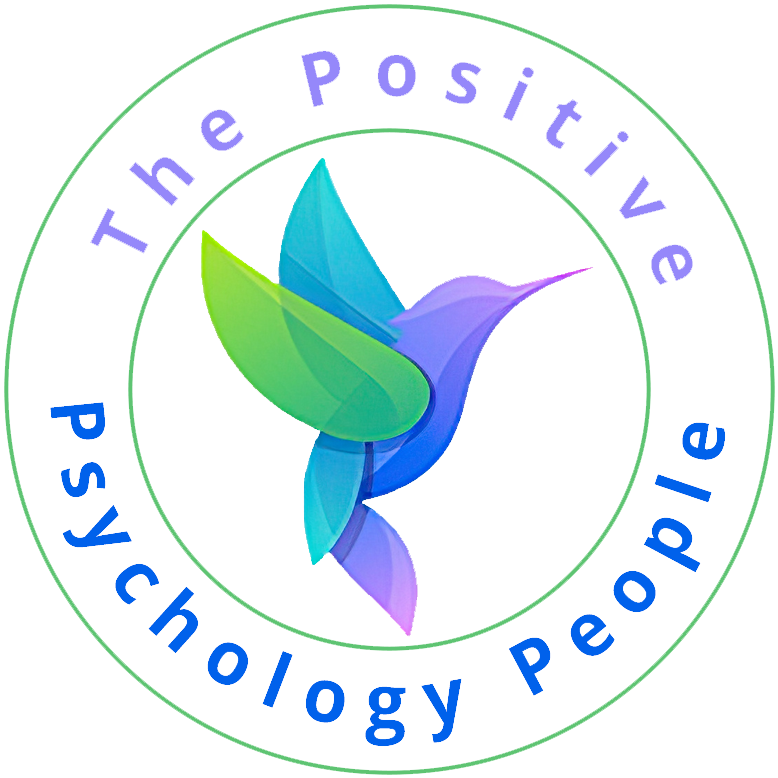
by Lesley Lyle | April, 2016 | Education
“That’s life!”. This may not sound like the kind of advice someone should give anyone struggling with adversity however, consider its meaning for a moment. As a teacher for the past 14 years I have noticed a shift in children’s mental health awareness and complaints. When I started teaching in 2002 rarely did I have students knock on my door in the midst of a full blown panic attack or to inform me that they have been diagnosed with anxiety. Yet, today and increasingly over the past 5 years this is what I have seen. Students who feel fear, panic and worry in stressful situations and their anxieties affect their behaviour and thoughts on a daily basis, interfering with their home, school and social life is becoming an increasing phenomenon in our society. Labels determine behaviour My concern is that our children are less able (or willing) to cope under stressful conditions and feel there is something wrong with them if they feel this way. How do we respond? Too many adults respond by desperately trying to label this experience as a disorder. Labelling theory suggests that labels determine people’s behaviour leading inevitably to a self-fulfilling prophecy for many children. What does that label do to that child? They grow up believing that the reason they can’t cope is because they suffer from anxiety – they have an excuse when they don’t make it to school, when they withdraw from society and behave in inappropriate ways. Yet, my own teenage years were undoubtedly the most stressful and anxious filled years of my life, but I was never diagnosed with...

by Lesley Lyle | April, 2016 | Brain chemicals
Defending yourself is a natural survival tool, but too much defensiveness can wear you out. This drain on your energy is easier to manage when you know how your brain produces it. We are designed to scan continuously for potential threat, but our brain defines threat in a curious way. It responds to a disappointment of expectations as a survival threat. When you know why, the threats feel less threatening so you can lower your defenses. Disappointment: An Evolutionary View Imagine a lion who fails in its chase after a gazelle. Disappointed expectations trigger cortisol. The bad feeling of cortisol warns the lion to stop investing energy in a failed chase. The lion still wants the gazelle urgently, but cortisol helps it avoid a path that would lead to starvation. Bad feelings have a good purpose. Disappointment: A Cognitive View Your brain releases cortisol when incoming inputs fail to match expectations. When you read a typo, for example, cortisol alerts you to stop reading and go back over the details because they do not match your expectations. The brain is always anticipating the next input and then comparing reality to the anticipation. We navigate efficiently through the world by sifting for information that fits expectations and alerting with cortisol when our expectations fail. Social Disappointment Social expectations complicate things. People often fail to act the way you anticipated, so you can end up with a lot of cortisol. The person you smile at fails to smile back. The promotion you expected goes to someone else. The cortisol released paves neural pathways that anticipate more of the same. When the...

by Brent O’Bannon | April, 2016 | Strengths
“What makes us weird also makes us wonderful; what makes us weak also makes us strong.” The Leaning Tower My good friend and author, David Rendall in his book, The Freak Factor uses this quote in relation to the Leaning Tower of Pisa. The Leaning Tower of Pisa has a weakness and tilt. In the dark ages Napoleon was embarrassed because of the tilt and spent millions trying to fix it. He could not. But the building is now popular because of the tilt. People with the Restorative talent theme can understand that what makes us weird also make us wonderful. Description of Restorative People especially talented in restorative are adept at dealing with problems. They’re not only good at spotting problems but figuring out solutions and resolving them. They notice the flaws, the shortcomings, the dysfunction, the pain. Restorative is ranked number 11 out of 34 talent themes. You might describe a person with Restorative as a fixer or a troubleshooter. They’re investigative, responsive, and insightful. They’re a solution finder. The restorative person sees what’s broken but they also have this ability, when they’re cruising with restorative, to also see a vision of how to restore what is broken. Balcony of Restorative One of the reasons I chose my webmaster is because he has restorative in his top five and he is a genius at not only solving technology problems but he’s actually quite good at helping people solve problems. He has no problem dealing with the messiness of life. One of the positives of Restorative is they’re not intimidated by pain or dysfunction. They’re wonderful to have on a team because...
by Lesley Lyle | April, 2016 | Uncategorized
...

by Marina Barbaro | April, 2016 | A Million Smiles
How to Say Hello BODY: When it comes to the number of ways you can greet someone – we’re spoilt for choice. From a tentative ‘hello?’ on the phone to a firm handshake, wide smile, nod of the head, wave of the hand, warm embrace or even a kiss – there’s a myriad of ways. And I’m sure we’ve all experienced first-hand the joy of a beautiful greeting – you know the kind, when someone looks at you, really looks at you, and offers you a genuine smile or says your name in a purposeful way. A heartfelt welcome can really transform your day. But yet despite all of this, something is slipping away from us. A worrying global trend is slowly taking hold, particularly in Western cultures. Loneliness is claimed to be the next big health issue of our times – a greater health risk than even smoking or obesity according to research by the Brigham Young University in the US. It’s not good news. But there is a happy flip side. We can, anyone can, turn this around. All it takes is the commitment to say hello. Brighten up someone’s day It’s a beautiful thing to have someone greet you warmly and snap you out of your lost lonely thoughts. It reminds you of your connection to the people and places around you and subconsciously reaffirms you are not alone. The value in greeting and acknowledging each other is increasingly vital as we trend towards single living and increased use of technology. Some argue that online social forums help combat loneliness but research suggests the substitution of...





